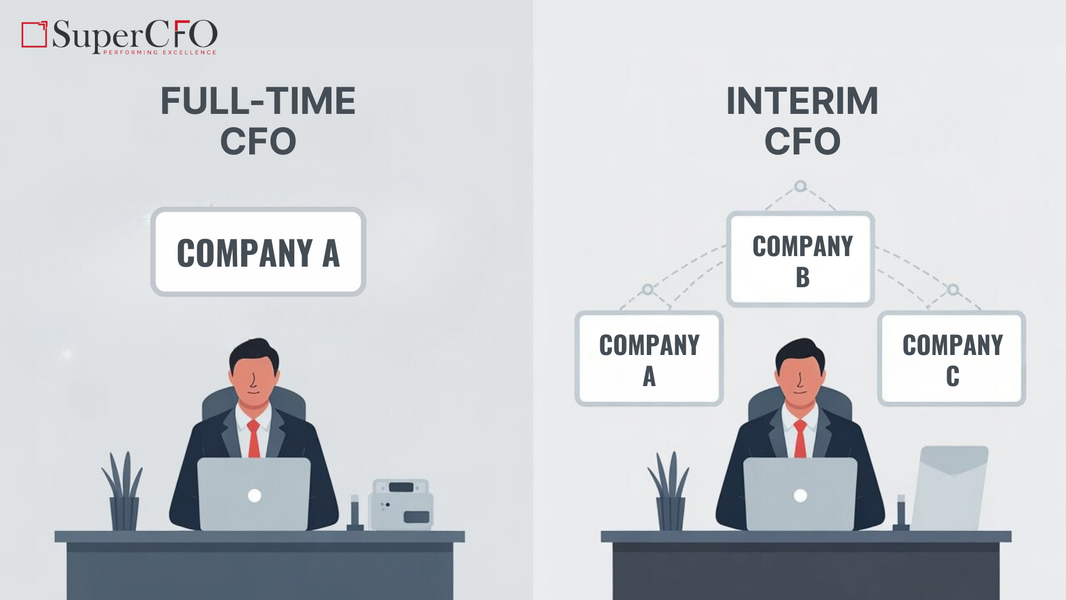The fintech industry is experiencing a major shift. Major players like Paytm have slashed marketing expenditure by 65% to achieve profitability, while PB Fintech has also reduced marketing spends over recent quarters. But while cutting visible costs like marketing gets attention, the real profit killers are often hiding in plain sight.
As a CEO, you're likely focused on the big-ticket items - salaries, technology infrastructure, and marketing budgets. However, the expenses that slowly eat away at your margins are usually the small, recurring costs that seem insignificant individually but compound into major profit drains over time.
5 Hidden Cost Categories Draining Your Fintech Profits
1. Communication and Transaction Costs
The SMS Trap: Every transaction notification, OTP, and marketing message costs money. A fintech processing 100,000 transactions monthly might spend ₹50,000+ just on SMS charges - costs that scale directly with growth but rarely get optimized.
Action Step: Audit your SMS usage and implement smart batching, push notifications where possible, and negotiate bulk rates with multiple providers.
2. Data Storage and Management Costs
Cloud storage seems cheap until you realize you're storing every transaction detail, user interaction, and compliance record indefinitely. Many fintechs discover they're paying for terabytes of data that could be archived or compressed.
Action Step: Implement data lifecycle management policies, use cold storage for older data, and regularly audit storage usage patterns.
3. Fixed Overheads That Scale Poorly
Office space, software licenses, and subscription services often remain constant even when revenue fluctuates. A growing fintech might have software licenses for 200 users when only 150 are active, or maintain expensive office space that's underutilized.
Action Step: Review all fixed contracts quarterly and negotiate flexible pricing models that align with actual usage.
4. Third-Party Integration Costs
Each API call, payment gateway transaction, and third-party service comes with fees. A fintech might use 15+ different services, each with its own pricing structure and hidden charges for premium features or excess usage.
Action Step: Conduct a comprehensive third-party cost analysis and negotiate volume discounts or explore alternative providers with better pricing structures.
5. Compliance and Audit Expenses
Regular audits, compliance reporting, legal consultations, and regulatory filing fees add up quickly. Many fintechs also pay penalties for late filings or non-compliance issues that could be avoided with better processes.
Action Step: Implement automated compliance monitoring and maintain a compliance calendar to avoid penalty charges and reduce audit preparation costs.
The Strategic Approach to Cost Optimization
Successful cost optimization isn't about making across-the-board cuts. It's about understanding which expenses drive value and which ones simply drain resources. The key is to create visibility into all cost categories and establish regular review processes.
Monthly Cost Review Process:
- Categorize all expenses into value-driving vs. administrative costs
- Identify expenses that scale with revenue vs. fixed costs
- Review contracts and subscriptions for unused or underutilized services
- Analyze cost per transaction trends across different expense categories
Quarterly Strategic Review:
- Evaluate the ROI of all major expense categories
- Negotiate better terms with key vendors based on usage patterns
- Consider alternative providers or in-house solutions for high-cost services
- Assess the impact of cost optimization efforts on business performance
Building Long-Term Cost Management
The most successful fintech companies build cost management into their DNA rather than treating it as a crisis response. This means establishing clear cost ownership, regular review processes, and automated monitoring for expense categories that can quickly spiral out of control.
Consider implementing cost alerts for any expense category that increases by more than 20% month-over-month without corresponding revenue growth. This early warning system helps catch cost creep before it becomes a major problem.
Getting Expert Help with Cost Optimization
While many hidden costs can be identified through internal audits, having an expert perspective can uncover optimization opportunities that aren't immediately obvious to internal teams. Professional cost analysis can identify industry-specific expense patterns and benchmark your costs against similar fintech companies.
SuperCFO specializes in helping fintech companies identify and eliminate hidden costs that drain profitability. Our expert team can conduct comprehensive cost audits, identify optimization opportunities, and help implement systems that prevent cost creep from undermining your growth efforts.
Ready to uncover the hidden costs eating your profits? Contact SuperCFO today for a comprehensive cost optimization assessment that could save your company significant money each month while improving operational efficiency.










